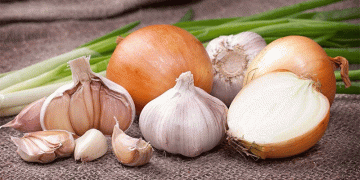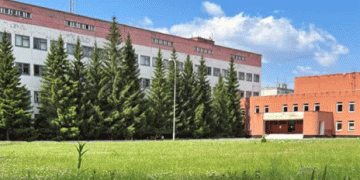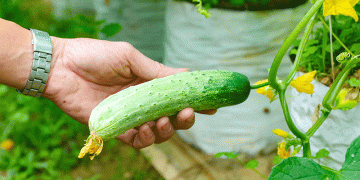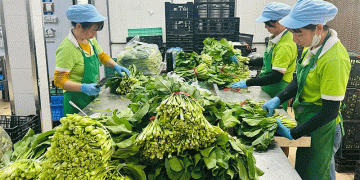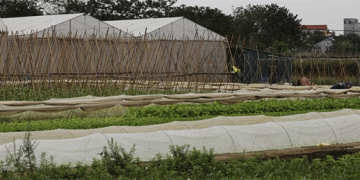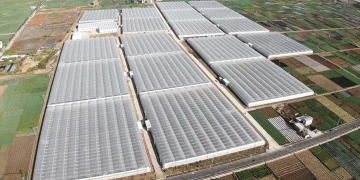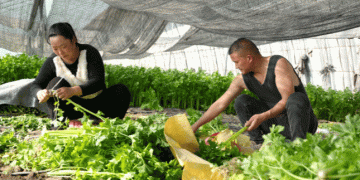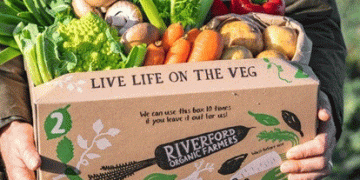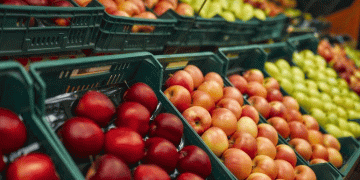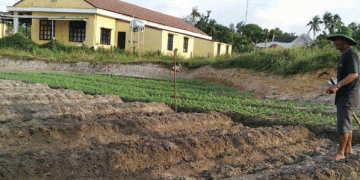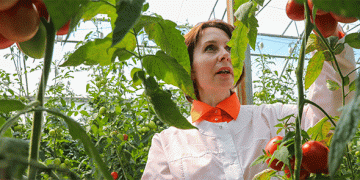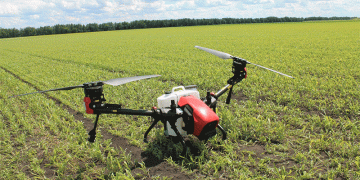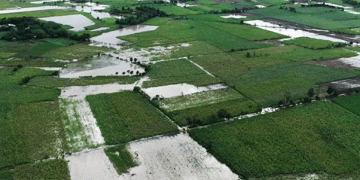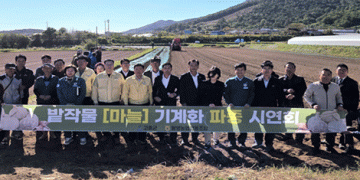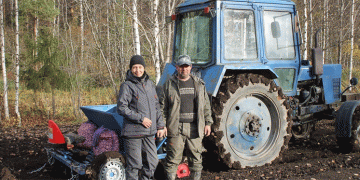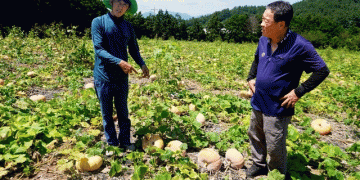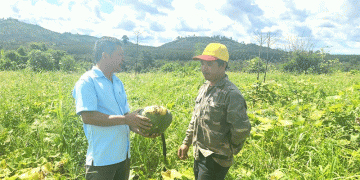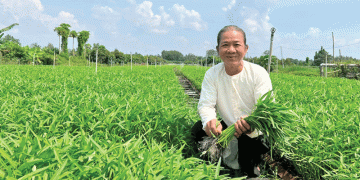Spanish onion and garlic producers are navigating a critical turning point as multiple factors reshape the future of these traditional crops. The 2022/23 season brought promising yields for onions despite severe drought, resulting in a 7.1% increase in cultivation area to around 24,946 hectares, according to national sources. However, the following season has seen a retreat, primarily due to falling prices from market oversupply and heightened concerns about water availability. Projections for 2024/25 suggest a further reduction in planting areas, especially for key varieties like Spring, Babosa, and Liria. Moreover, persistent rainfall early in the year has led to fungal infestations, raising fears of a drop in national yields.
The garlic sector faces similar headwinds. Spain’s garlic cultivation area fell to 22,753 hectares in 2024, down from 24,889 hectares in 2023. However, a modest rebound is expected, with 2025 plantings estimated at 23,956 hectares, reflecting a 5% year-on-year increase (National Garlic Board, 2024). This tentative optimism stems partly from shifts in cultivar preferences: lower yields from traditional purple garlic are prompting growers to switch to more productive types, often at the expense of varietal biodiversity.
A broader concern remains: European garlic’s loss of competitiveness. The European Garlic Contact Group cites increasing production costs—driven by reduced availability of phytosanitary products and a lack of reciprocal standards for imported produce—as a major threat. Countries like China and Argentina have long set the market price, and Egypt’s growing presence further intensifies the pressure.
Julián Bacete, Commercial Director at Coopaman (Unica Group), highlights how this combination of low productivity, rising costs, and generational stagnation contributes to “a rather bleak mid-term outlook for garlic in Spain.” The younger generation’s disinterest in farming, along with complex regulatory environments, poses a structural challenge to long-term sustainability.
Opportunities Ahead
Yet, amid adversity lies opportunity. Spain’s position as a major EU supplier of onions and garlic can be reinforced by investing in differentiated, high-quality production, resistant varieties, and climate-smart technologies. Research into biological pest control, precision irrigation, and better storage logistics will be critical. Spain can also benefit from promoting geographic indication labels (PGI) and expanding direct marketing channels to reclaim value lost in global competition.
Spain’s onion and garlic sectors are at a crossroads. Declining production areas and fierce international competition threaten profitability, but targeted innovation and quality-led strategies could help farmers build resilience. The future will belong to those who adapt early—with sustainability, efficiency, and distinctiveness as their guiding principles.
